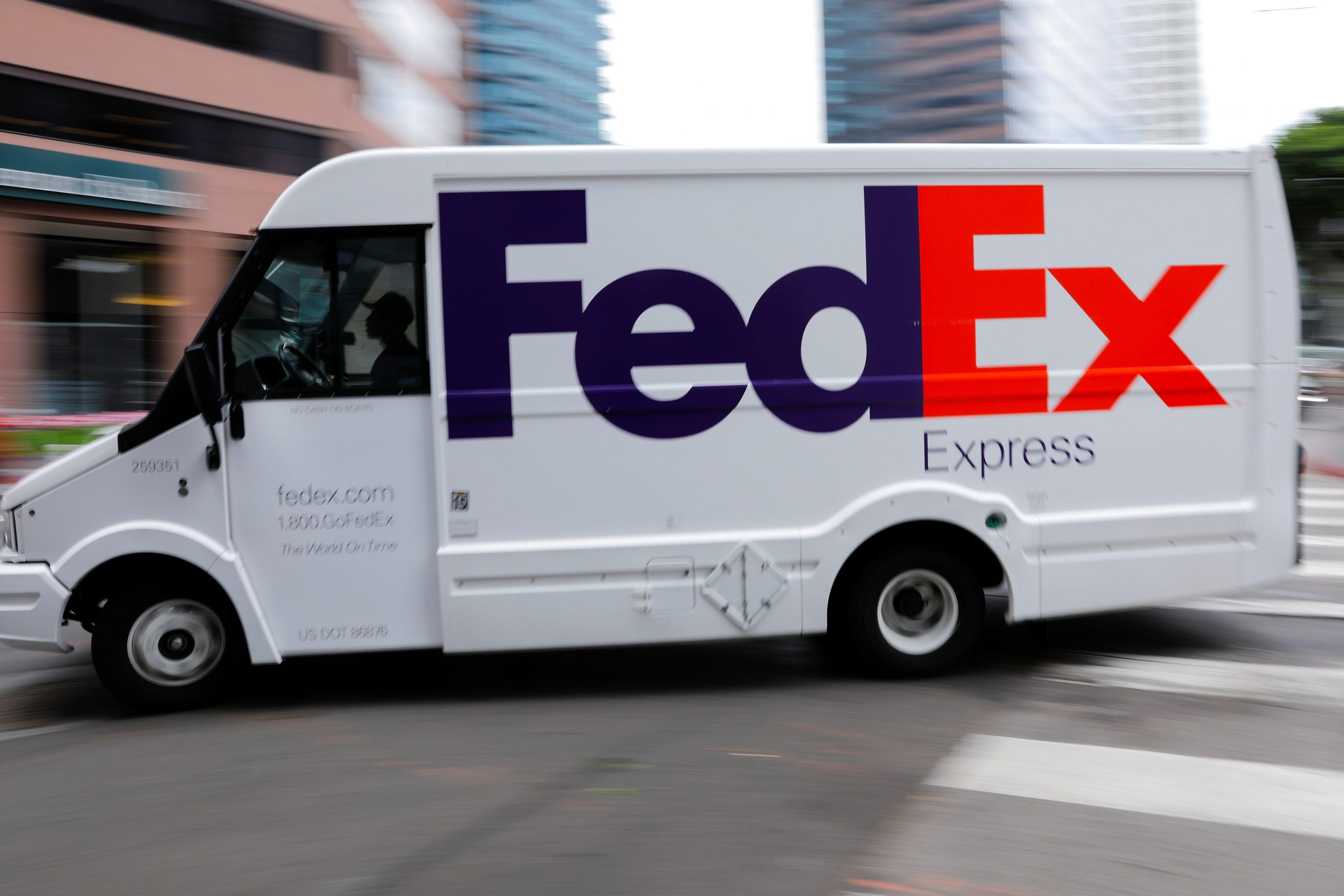- FedEx and UPS will be implementing new surcharges later this year on top of regularly scheduled holiday fees.
- For the first time ever, the US Postal Service will also be tacking on holiday surcharges.
- Increased demand for packages shipped to residences has allowed carriers to set their prices.
- Visit Business Insider’s homepage for more stories.
FedEx said this week it will join competitors UPS and the US Postal Service in implementing holiday surcharges as a boom in home shipments is giving carriers the power to set more lucrative pricing.
FedEx’s fees will take effect beginning the week after Thanksgiving, and range from $2 on any of their “SmartPost” shipments (a service for low-weight shipments and returns) to $5 on premium Express packages, according to the Wall Street Journal.
While these fees are higher and broader than previous years, the Memphis-based carrier says the charges will only apply to customers shipping large volumes and not the average consumer. Packages that require special handling may see other rate increases starting October 5.
UPS has also tacked new fees of up to $4 onto holiday shipments in anticipation of a busier-than-usual holiday shipping season, but they will only apply to customers shipping more than 25,000 packages a week. Those will take effect in mid-November through January.
As FedEx and UPS find new footing to raise rates ahead of a busy holiday season, the Post Office has also decided to enact holiday charges for the first time ever.
Earlier in August, the USPS announced that deliveries made by "big holiday shippers" will have a surcharge applied to them, ranging from 24 cents to $1.50 a package. The surcharges have some exceptions, including international shipments.
Increased demand for shipped goods means carriers have been able to set the prices as needed - and shore up balance sheets amid a global recession catalyzed by the COVID-19 pandemic. In recent years, UPS and FedEx only made about half of their deliveries to residences. Since the pandemic, however, that number has surged to 70%, according to the Wall Street Journal.
This year's holiday season is expected to be busier than normal, as the coronavirus means more consumers are likely to do their holiday shopping online.
These higher prices could cause headaches for retailers that must now decide how to absorb the increased costs of shipping. It could mean a bigger focus on "ship to store" pickup options or higher sticker prices for consumers.
